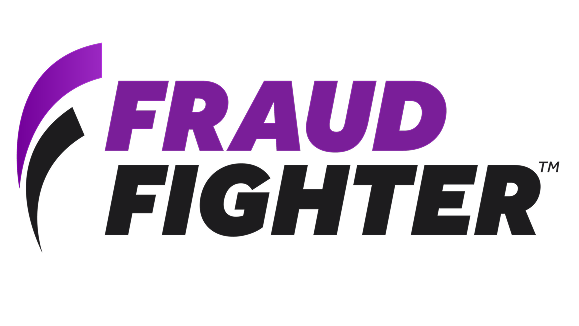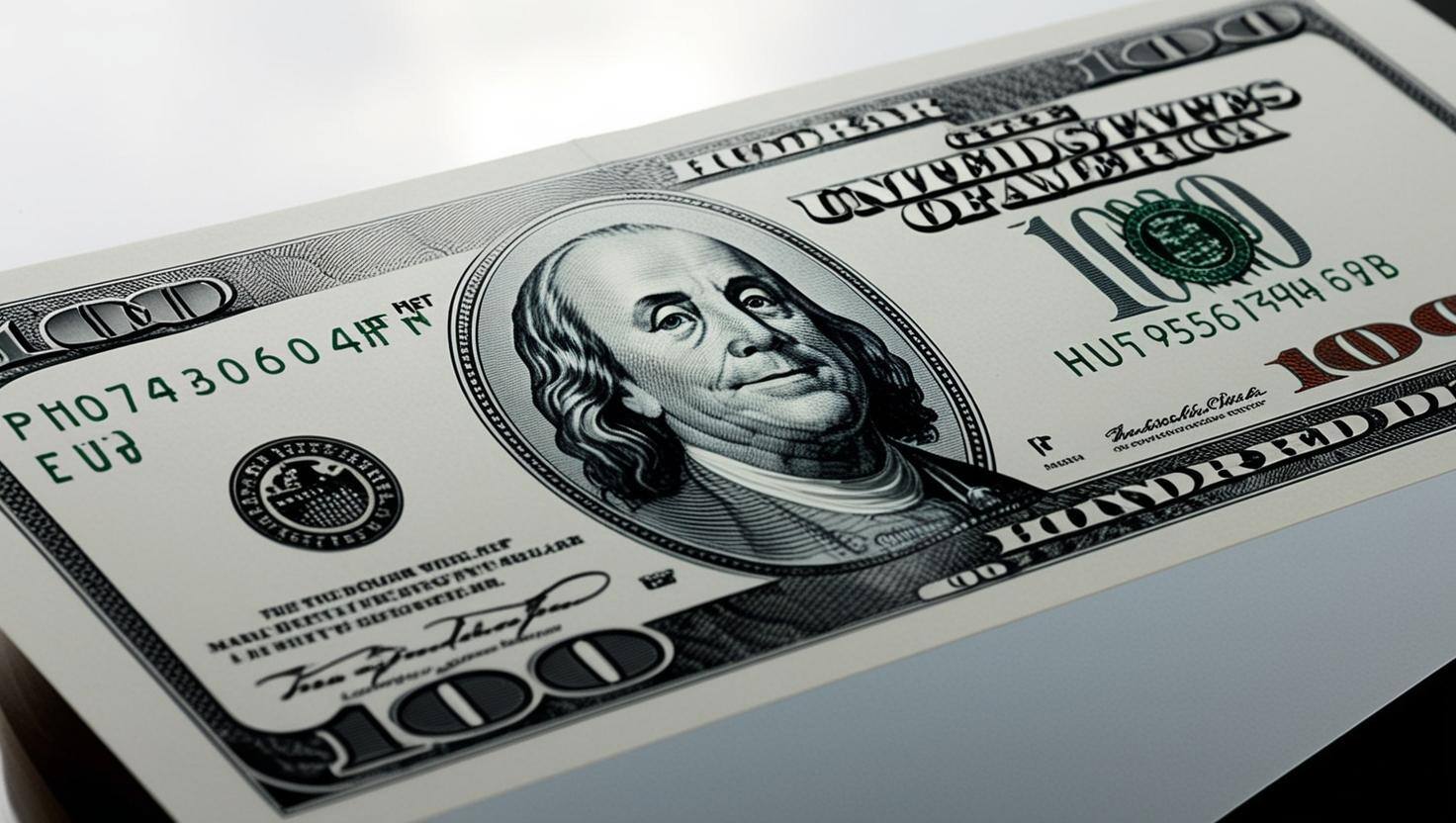
Frightening Ghost Checks and Zombie Financial Transactions
Terrifying financial horror stories aren't fiction!
It's Halloween. With over $9.1 Billion in spending forecasted this year, a lot of people will be watching their money disappear as they spend hundreds of dollars on inflatable ghosts and motion-activated zombies to put on the porch and scare away the kids.
All sorts of zombies, poltergeists and ghosts snatch our money throughout the year. Have you ever heard someone talking about a zombie bank account? An account that they never opened that ended up sticking them with loads of banking fees? How about ghost checks?
The Identity Theft Resource Center’s report, “Identity Theft: The Aftermath 2016” found that nearly 20 percent of Americans surveyed were the victim of some kind of criminal identity theft in 2015. Of those, 9.2 percent said their identity was used to commit a financial crime that resulted in an arrest warrant.
Ever since the 2017 Equifax hacking scandal, experts have been saying that consumers increasingly need to be on the lookout for zombie bank accounts, mysterious credit cards and other gruesome things. In the world of financial services, the bad guys don’t wear hockey masks, carry machetes or rattle chains as they float around haunting your personal accounts!
Phantom and Zombie Accounts Can Plague the Innocent
Just think of the word phantom, and a chill (should) go up your spine. That’s because a phantom is a ghost of the definitely-not-friendly kind.
Sometimes a criminal will open a checking account using a falsified version of your ID. This is a phantom account – one that is opened using false identity information for the purpose of trying to gain access to the real individual’s other accounts. Once the phantom account is opened, they use the newly established relationship with your financial institution to start linking to other accounts you have at the same bank and try to withdraw money.
Or there could be the "zombie account." That's when you think you've closed a bank account - but for some reason unknown to you, it gets reopened.
It comes back from the dead! Like a zombie!
I once had an account suddenly reopen up about four years ago. I had closed a checking account at a bank. But, at one point, the bank refunded a few dollars back into the account. To do that, of course, the bank automatically reopened the checking account. The problem? There was no other money in the checking account. This particular account had a minimum balance requirement, which the small refund did not satisfy.
All of a sudden, I was being hit by a bunch of maintenance fees because of a low balance. The take-away lesson for me was - the earlier you catch it, the easier it is to resolve.
Zombies and phantoms aren't everyday occurrences. The banking industry has worked to crack down on zombie and phantom activity in recent years. But if you start suddenly getting statements in the mail for an account you thought you had closed, you don't want to ignore those statements.
I didn’t catch the problem until I started receiving collection letters for the overdrawn balance. I complained, and convinced the bank to refund the money and ultimately close the zombie account for good.
Wells Fargo Bank ran into deep trouble after it was learned that employees secretly opened up to 3.5 million unauthorized deposit accounts and credit card accounts for customers. The bank was subsequently slapped with a $185 million fine, and numerous civil actions are still underway.
The fake accounts, which first started coming to light about a year ago, were opened by Wells Fargo employees in order to meet sales targets and incentives. In many cases, the employees transferred money from consumers' authorized account without their consent, often racking up fees or other charges.
One tip: Consumers can use a service called ChexSystems to try to catch phantom or zombie accounts that they might not realize are open. Consumers have a right to receive one free report each year. Go online to www.chexsystems.com. Or you can call 800-428-9623 to use a voice messaging system where you leave information including your Social Security number and driver's license number.
The same service also lists a history of checks ordered for a checking account — so if you didn't order a box of checks, well, you'd want to quickly find out what's going on there. Crooks will attempt to write bad checks on closed accounts, too.
Spooky Charge Cards Can Kill Your Credit-Building Fun
One of life’s truly unsettling experiences is to discover that someone has been using your Social Security Number to open credit cards and go on a shopping spree. Sometimes, you discover the fraudulent accounts when a credit card is mailed to your house (when thieves hope to steal it from your mailbox). Or maybe you get a notice in the mail that a new account has been opened.
If you are one of tens of millions of Americans now receiving regular credit score updates, maybe, you suddenly noticed that your score went from top-notch to rock bottom without you having done anything. Fortunately, more and more people are tracking their credit scores through free services these days.
People have more access to their credit scores through their bank. It's important to watch credit scores and pay attention if a good score suddenly turns bad even though you've been paying your bills on time and carefully managing your credit.
Consumers need to keep an eye on their statements, as well as watching for any odd activity on their accounts via online banking and mobile banking alerts relating to balances or transactions.
Some consumers can spot trouble when they review their free credit report at www.annualcreditreport.com.
The Chilling Realization That a Monster Took-Over Your Account
In the wake of the Equifax breach, identity-theft horror stories have been easy to come by.
The solution, according to many experts, is freezing your credit — something hardly anyone has done. But a credit freeze protects only against new accounts being opened in your name — one of the rarest types of identity theft out there, affecting only 4% of victims, according to the most recent Bureau of Justice Statistics data.
It's not because criminals haven't had access to Social Security numbers before.
A 2015 data breach at the health-insurance company Anthem exposed the personal information, including Social Security numbers, of 80 million people. A class-action lawsuit was settled this summer, awarding up to $50 to each person who was affected. Last year, 4.2 billion personal records were stolen. If someone wants your data, it's probably already out there.
In 2014, 86% of identity-theft victims experienced the fraudulent use or attempted use of a current account, such as a credit card or bank account, according to BJS data.
This ubiquitous type of fraud, known as “account takeover” can affect a surprisingly diverse range of potential points of attack. Most people – and research – focuses on the most visible examples of bank account or credit card account takeover. This is when a crook uses personal data to impersonate you, and then gain access to one of your bank or credit card accounts. When they do this, they can change your contact information, mailing address, login information and even your secret password questions. Often, the victim doesn’t realize this has happened until well after the crime has occurred and the crooks have drained as much value as they can.
The scary thing is – it isn’t just bank and credit card accounts that can be taken over. For example, mobile phone accounts, rental car preferred customer accounts, and health insurance accounts - just to name a few non-traditional attack points - can be taken over and used by criminals. Again, the victim may not realize that, for example, a car was rented under their name and “disappeared” by the criminals until that vehicle has already been shipped overseas and legal proceedings are underway.
This is because the take-over monster may have changed all of your contact information, so the company that holds your account may have no way to reach you.
Ghosts Aren't Always Wearing Halloween Masks
Ghost checks are really one of the older forms of bank fraud. It involves a remarkably blatant type of forgery – creating fake checks that look like they are drawn on an existing account.
One fake storyline: con artists are regularly trying to trick people into depositing fake checks — and then wiring extra cash back to them. Maybe someone offers to buy your used car. But they somehow offer to give you a $3,000 check when you're selling the car for $2,000 and the buyer asks you to wire the $1,000 back.
The buyer might try to explain that they're out of the country, maybe in the military. So they're planning to have someone in the United States send you the check. You can deposit the check, they say, keep what you're owed, but then wire the rest of the money to them.
Or maybe you run a small business and the customer gives you a check for an amount that's larger than the cost. The scam takes place when they ask you to wire the extra money somewhere else for some odd reason.
You might go to your bank to deposit the check. But the Better Business Bureau notes that a check can bounce even after your bank allows you to withdraw cash from the deposit.
The con artist will try to tell you to wire the money quickly but that only means you'll be on the hook when the fake check is discovered later in the game.
What Can You Do?
Monitor your current accounts daily or weekly. Use an account-aggregation app like Mint or log into your various accounts to make sure all charges were made by you. If you see something suspicious, contact your bank immediately.
File your taxes early. The IRS is cracking down on tax fraud, but there could be an uptick after the Equifax breach. Get your tax information organized early, and submit your return as soon as you receive your W-2 and 1099 forms. Added benefit: If you're due a refund, you'll get it sooner, and if you owe taxes, the amount isn't due until April 15 regardless of when you submit your return.
Use secure passwords and two-step verification. Because most identity theft occurs with existing accounts, one of the best things you can do is safeguard your data online, especially for accounts that contain identifying information and credit-card or other financial data.
Set up alerts for new credit activity. Save yourself money and use a free credit-monitoring service, like Credit Karma or Credit Sesame. You can also set up a fraud alert or credit freeze if you'd like.
Check your credit reports regularly. You can access one free copy of your credit report from each of the three bureaus once a year through the government-sponsored AnnualCreditReport.com. Set a calendar alert to remind yourself to do this every year, or pull one report every four months to be extra vigilant. While you're at it, there may be things you can do to improve your credit score, fix any errors on your credit report, and optimize your collection of credit cards.
Choose identity-verification questions and answers carefully. Additional identity-verification questions can help keep accounts secure, but not if you choose questions like "What street did you live on when you were growing up?" or "Where were you born?" that could easily be answered with access to your social-media account or other personal information. Also, consider lying on your answers to some of the more basic questions.




.png)

